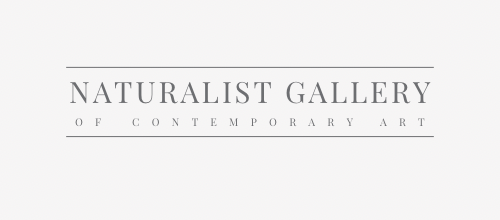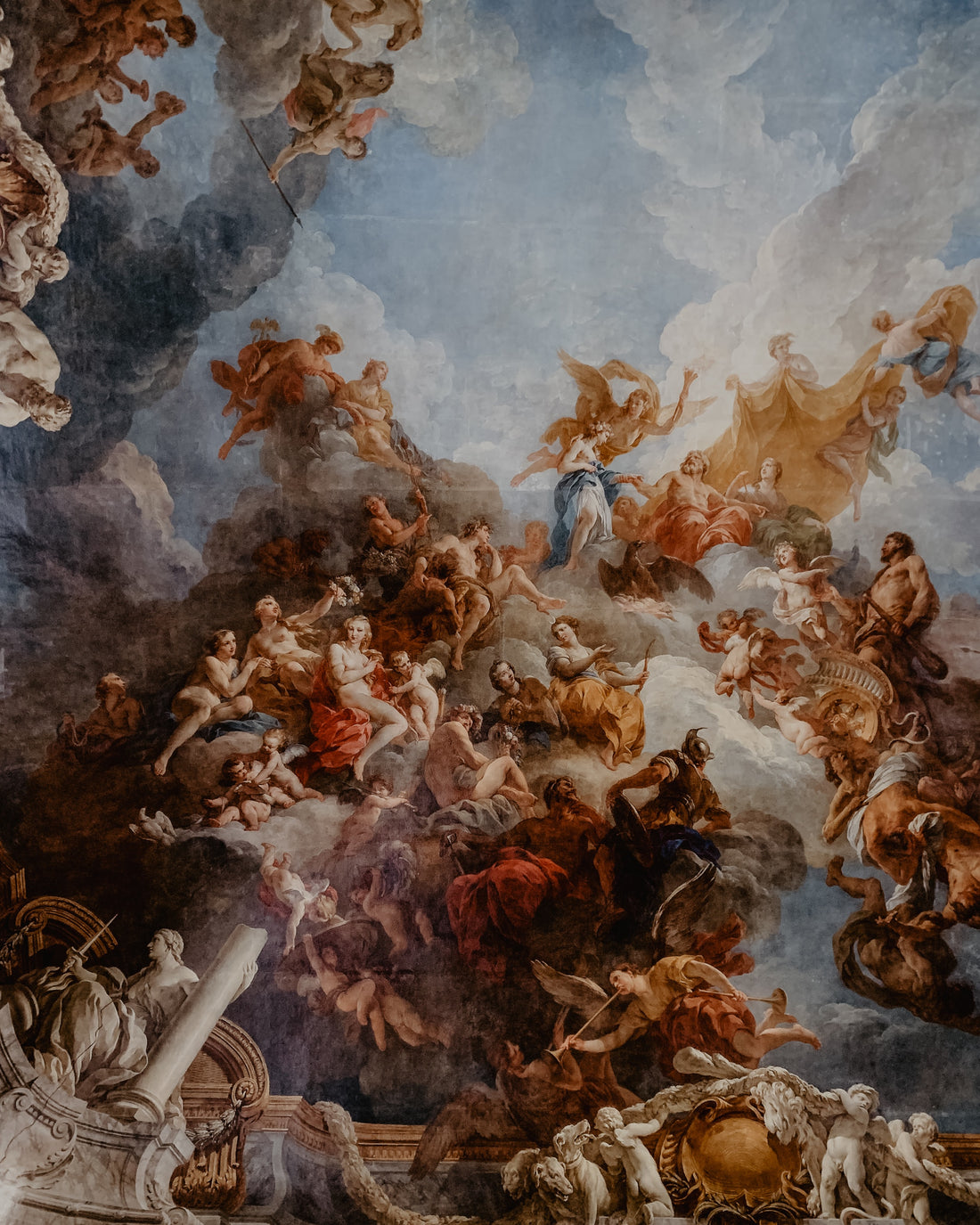Classical art, also known as Classicism, draws inspiration from ancient Roman and Greek culture, literature, and architecture.
Classical art draws from ancient Roman and Greek cultures, emphasizing realism, proportion, and harmony. It remains influential through the Renaissance, Neoclassicism, and beyond, celebrating timeless beauty and form in paintings, sculptures, and architecture.
It became popular during the Renaissance, featuring scenes from mythology through painting, sculpture, and printmaking. This article explores the history of classical art, notable artworks, and key artists that shaped this timeless movement.
Explore our curated selection of contemporary artists from around the globe.
Naturalist Gallery offers artist representation internationally. Apply your art.
I. History of Classical Art:
-
Influence of Ancient Greek and Roman Cultures: Augustus of Prima Porta (20 BCE)

Western civilization was profoundly influenced by the philosophy, art, and culture of ancient Greece and Rome. Spirituality and mythology played a significant role in shaping classical art. -
Period of Classical Antiquity: Winged Victory of Samothrace (200-190 BCE)

The classical style of visual art developed over 1500 years, from 1000 BCE to 450 CE. Greek sculpture introduced figurative art, emphasizing realistic human features while idealizing beauty based on contemporary standards. -
Frescoes: Minoan Dolphin Fresco from Knossos, Crete (1700-1450 BCE)

The classical period saw the popularity of frescoes, depicting gods, battles, processions, and nature on fresh plaster. Greek athletes were also common subjects, representing physical perfection and character.
II. Notable Classical Artworks and Artists:
-

Adam and Eve: Created by Albrecht Dürer in 1504, this masterpiece resides in The Metropolitan Museum of Art, New York. -

Oath of the Horatii: Jacques-Louis David's iconic Neoclassical painting from 1786, exhibited in the Musée du Louvre, Paris. -

Pylades and Orestes Brought as Victims Before Iphigenia: Painted by Benjamin West in 1766, the artwork is housed in the Tate, London. -

Venus and Adonis: A mid-1630s painting by Peter Paul Rubens, displayed in The Metropolitan Museum of Art, New York. -

The Cascade: Jean-Honoré Fragonard's 1775 painting showcased in The Metropolitan Museum of Art, New York. -

Florentine Poet: Alexandre Cabanel's 1861 artwork exhibited in The Metropolitan Museum of Art, New York.
III. The Revival of Classicism:
-
Renaissance: Raphael (1509-1511) The School of Athens

During the 15th to 17th centuries, artists in the Italian Renaissance sought inspiration from Greco-Roman antiquity, replicating classical sculpture and architecture in their paintings. -
Neoclassicism and Romanticism: Antonio Canova (1805–1808) Venus Victrix

Neoclassicism (1760-1840) favored classical themes, historical accuracy, and technical precision. Romanticism (19th century) incorporated antiquity in its art, often juxtaposing ancient ruins with Christian iconography.
IV. The Golden Ratio:
-
Influence on Modern Architecture and Art: Andrea Palladio (1571) Villa Rotonda

The golden ratio continued to influence architects like Palladio and artists like Leonardo da Vinci, fostering an enduring connection between science and art.
View limited edition prints by contemporary artists at Naturalist Gallery.
Classical art remains a timeless and influential movement that draws inspiration from the rich heritage of ancient Greek and Roman cultures. Key artists, such as Leonardo da Vinci, Caravaggio, and Antonio Canova, exemplify the elegance, realism, and enduring appeal of classicism. The revival of classical themes in various periods testifies to the enduring significance and beauty of classical art.
You may also find the following articles helpful:
The Most Iconic Abstract Artworks of the Last Century
Renaissance Art: Origins, Influences, and Key Figures
Figurative Art: Understanding, Collecting, and Appreciating the Style
Top 12 Controversial Artworks That Changed Art History
Expressionism: 20 Iconic Paintings and Their Artists
Landscape Paintings: A Showcase of 20 Masterpieces



